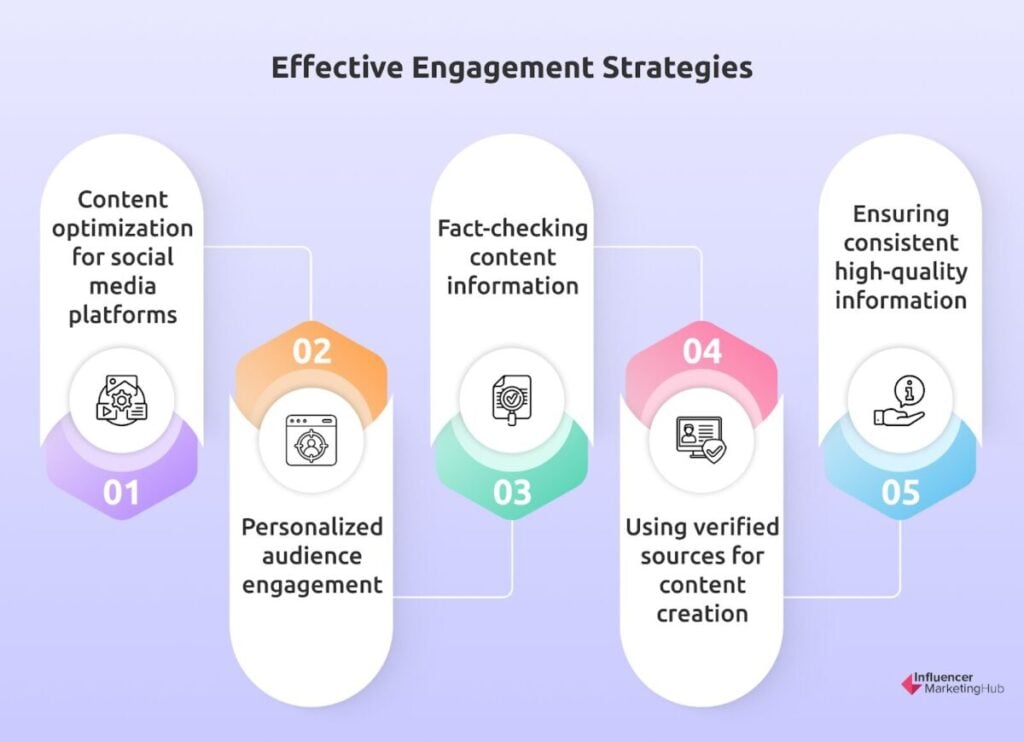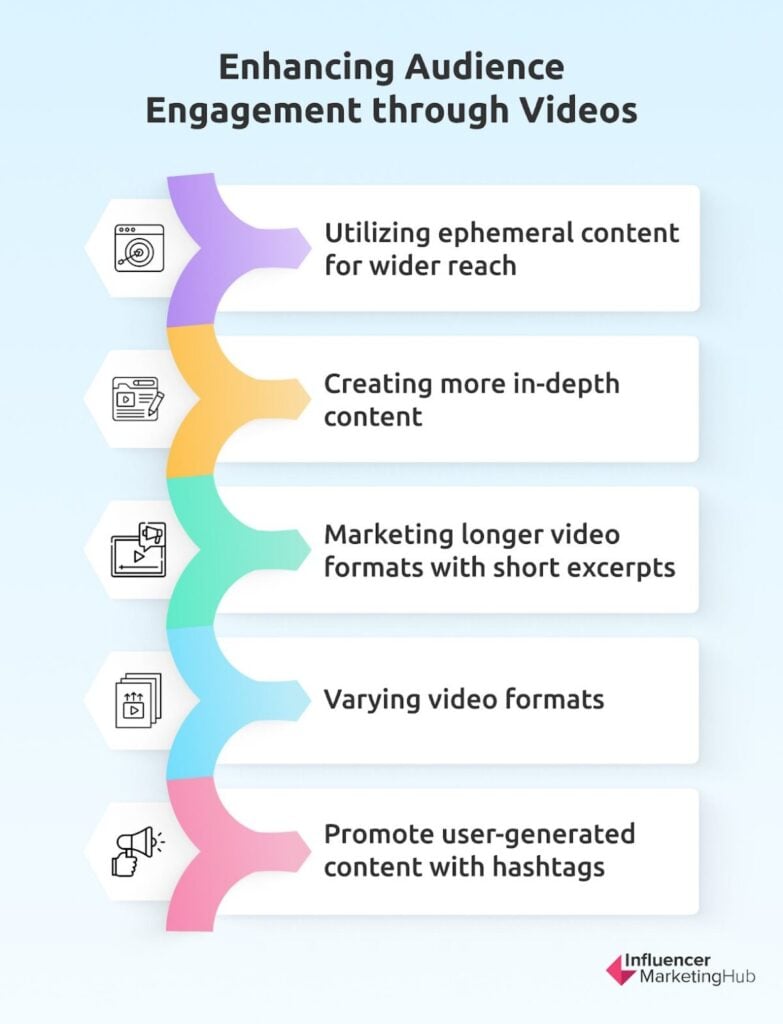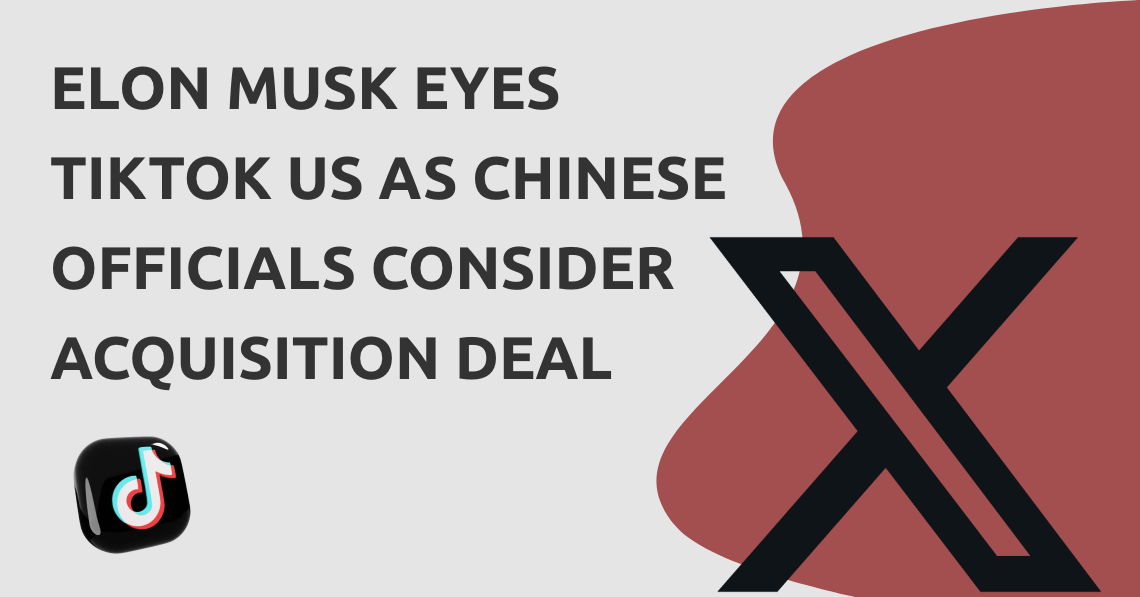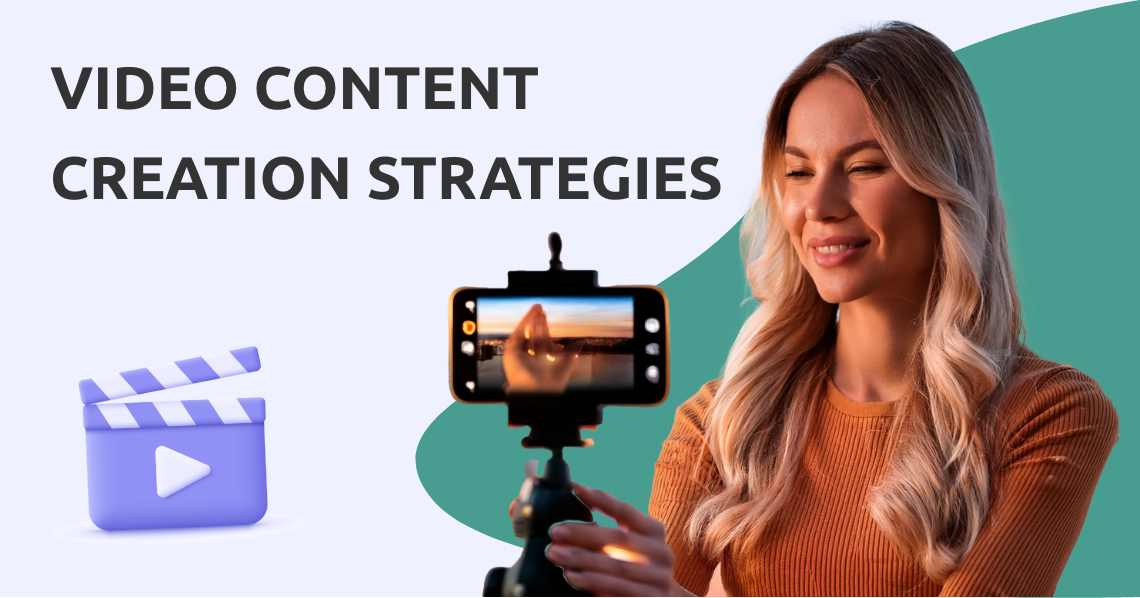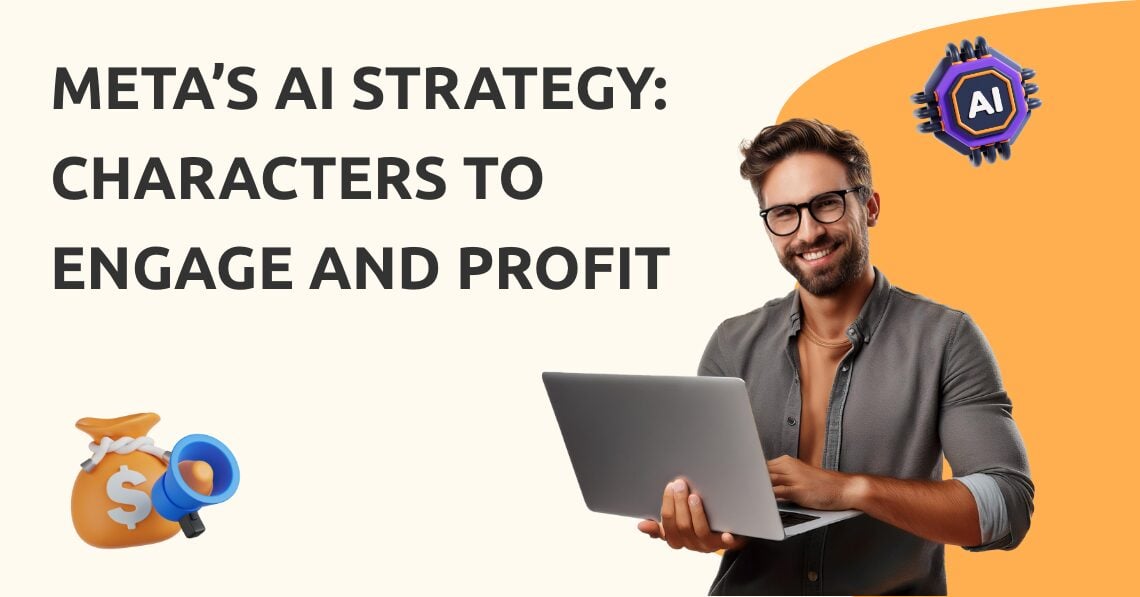Social media marketing agencies have become a reliable partner for any brand looking to grow their presence online. As social media experts, agencies have the knowledge, tools, and experience needed to help a brand maintain its online presence—doing anything from regular social media posting to planning entire product launches online.
However, the landscape of social media is always changing in response to trends, new technologies, and other shifts in consumer behavior. To serve their clients better, social media marketing agencies need to evolve with the trends of social media. Social media marketing agencies need to adapt their approaches while still retaining the key practices that make their marketing so successful, which can be trickier in a time when everything social can change within hours.
It is difficult, but not impossible. Here are some of the trends that can drastically affect how social media marketing agencies approach their work—and some ideas on how to adapt to these changes.
Brands Tapping Influencers for Better Engagement
The popularity of social media has made it possible for anyone to have a voice and a platform, drastically changing our way of looking at the people who influence us. Brands have increasingly leveraged this in the past few years and are anticipated to continue doing so. While the appeal of celebrities is still very strong, tapping influencers can have a comparable impact on marketing if used correctly.
The impact of influencers can’t be denied. In 2023, around 24% of social media users have bought products recommended by influencers, according to HubSpot. Social media marketing agencies can tap this large pool of creative talent—adding an effective ambassador to their brand without relying on celebrity endorsements.
Getting Influencers on Board
However, interacting with influencers has just as many (or perhaps even more) considerations compared to celebrities. Some of the approaches social media marketing agencies can use for their effective implementation into campaigns include:
- Providing training and basic guidance on how to align influencers’ content with their brand messaging
- Finding influencers that are already naturally acquainted and well-known in their spaces
- Naturally integrating brand messaging into influencers’ outputs for more authenticity with their content
- Maintaining a roster of influencers to easily tap for future marketing campaigns
- Integrating processes that can easily accommodate influencers and their content with marketing
Authenticity is at the heart of what makes influencers so crucial (and successful) to a social media marketing campaign. So it’s important for agencies to still allow influencers to deliver their message in their own unique and carefully cultivated voice while also adhering to the brand messaging they’re sponsored to deliver.
Case Study: Air Wick
Air Wick tapped various lifestyle influencers on platforms like Instagram, helping them connect to an audience already engaged with their industry, but was looking for a more personalized recommendation from a source they trust.
Each influencer would put their unique spin, tone, and coverage of Air Wick’s products and messaging, while still ensuring that they align with the brand’s selling point. It’s an excellent example of a campaign tapping influencers that already thrive in spaces that a brand’s target audience occupies and reaching them successfully with sponsored content.
Social Media as the Primary Source of Information
Social media’s popularity ensures that it has a wide reach that’s even more considerable than traditional outlets like television or news media. As a result, there’s been a marked shift in where most consumers get information (useful or otherwise).
It’s no surprise that with 61.4% of the world's population on social media, information gathering has changed as a result. Most consumers are far more likely to encounter, interact, and—most importantly—share information on social media. Social media marketing agencies can leverage this tendency to bring more attention to their campaigns.
What’s Beyond Going Viral
While the goal that many campaigns strive to reach is becoming viral, traction can come in even with different levels of engagement. What agencies need to keep in mind is to make sure that their information is valuable for an audience to engage with. Some of these approaches include:
- Ensuring that their content is optimized for sharing on their specific social media platforms and formats
- Addressing audiences at a personal level for closer engagement
- Verifying the truth behind any information or statistic that they’ll use with their content
- Referencing or partnering with verified sources of information for long-term content creation
- Maintaining high and consistent standards for the information, messaging, and guidelines used in content creation
No guaranteed strategy can make campaigns go viral, but the next best thing agencies can do is to prime their content to be read, digested, and shared on social media. It’s not unreasonable to assume that checking social media is already an ingrained part of most consumers’ lives: now agencies just need to make sure that their content integrates well into that routine.
Case Study: TikTok
The sheer amount of people on TikTok has made it the perfect melting pot of everything educational and informative. Well-known educators like Bill Nye create content alongside micro-influencers on almost every topic imaginable. According to Pew Research, more Americans are getting their news on TikTok.
@washingtonpost To the moon! 🚀🚀 But actually this time. A commercial spacecraft bound for the lunar surface lifted off from Cape Canaveral, Fla., early Monday in the first launch of a U.S. space mission designed to land softly on the moon since the last of the Apollo flights in 1972. But after it separated from the rocket, the spacecraft suffered a problem with its propulsion system, resulting in a “critical loss of propellant” that threatened a lunar landing. The launch was only the first step in a perilous and complicated journey to the moon. The six-foot-tall lander was expected to touch down Feb. 23. Even if that happened, Peregrine may get beat to the lunar surface by another company vying to become the first private venture to land a spacecraft on the moon. Intuitive Machines, a Houston-based venture led by NASA veterans, announced late Friday that it is aiming to land a spacecraft on the lunar surface on Feb. 22 or earlier, potentially eclipsing Astrobotic by a day. It is expected to launch in mid-February on a SpaceX Falcon 9 rocket. #ToTheMoon #Stonks #spacetravel #moonlanding ♬ original sound - We are a newspaper.
Social media agencies should always consider the immediacy of their content when they make it for social media. An important question to answer is: how likely is this information going to be digested and shared? Once this has been made the forefront of a campaign’s social media approach, it’s far more likely to succeed in reaching an audience.
Continued Interest in Video Content
Social media leans heavily toward visuals in terms of what it promotes. While copy is still an integral part of what helps the algorithm understand what the brand’s content is, its visuals will most likely be the one that propels it to be shared across feeds and networks. The gold standard for this type of content is still video.
Wyzowl found that around 51% of people are more likely to share videos compared to other content types (compared to social media posts at 26%), showing that video content still holds the majority of people’s attention on social media. For social media marketing agencies, this means continuing their integration of video content into their campaigns—and innovating on its messaging and use.
Videos as Avenues for Community Engagement
Aside from production quality, agencies need to improve their videos in how engaging they come across to an audience. Given that it's a mainstay now of social media, using videos intelligently in campaigns can help content stand out among a feed full of videos. Some ways to do this include:
- Taking advantage of ephemeral content like Reels or Stories to bypass algorithms and increase reach
- Creating more in-depth content like features, interviews, or long-form videos
- Marketing longer video formats with short excerpts that can be posted across different social media platforms
- Varying the format of videos with other formats like kinetic typography
- Encouraging user-made content through the use of hashtags and other ways to promote organic sharing
Agencies need to keep in mind that high-quality production is no longer limited to those with the resources to do so. Authentic, even crudely made content (especially those generated by an engaged audience), carries just as much potential to impact a marketing campaign compared with polished productions.
Case Study: LADbible Group
British publisher LADbible is one of the most well-known names on social media, and a large part of what makes their marketing stand out is how well they leverage their video content. One particularly good example of this is how they’re able to recycle their video content, such as in the case of their interview with Sweet Anita.
The Facebook video was a small glimpse into the long-form video on YouTube, with an intriguing hook to get audiences interested. What’s particularly noteworthy about this approach is that while the actual YouTube video itself was made in 2021, LADbible is still able to release “snippets” of content as late as November of 2023 and earn millions in views and engagements.
AI and Authentic Content
Artificial intelligence has steadily become a presence in almost every area online, but its widespread adoption does not equate to trust. Audiences are still coming to grips with the possibilities afforded by AI use, but are already wary about the many ways it can prove to be destructive—especially in online spaces.
Forbes found that more than 75% of consumers are concerned about AI and the misinformation associated with the content it produces, which brands and social media marketing agencies will need to respond to with their future content.
AI Implemented Intelligently
That does not mean to say that AI isn’t useful for social media marketing campaigns. Specific tools and software have made it much easier to increase audience engagement by automating many of the processes involved with social media activities. However, this does not diminish the risks of using AI content, specifically:
- Reduced content quality by relying on AI-generated content that may not reflect audience sentiment
- Producing content that does not conform to brand messaging or style guidelines
- Possible negative receptions of an audience to AI-generated content
- Limitations of AI to create specific content types, such as video
- Disrupting the normal pace of content production by integrating AI poorly into existing processes and teams
It is unreasonable to think that social media will never be truly affected by AI. The technology just offers too many advantages that social media marketing agencies can’t miss out on. However, to maintain the trust of audiences in an increasingly AI-saturated market, brands will need to capitalize on more authentic and purpose-driven content.
Case Study: Taobao
The case of AI-generated content (in this case, entire AI-generated streamers) selling products on Taobao and other Chinese e-commerce sites is a glimpse of situations where AI can take care of the work traditionally entrusted to humans. Thanks to evolving technology, these AI streamers appear almost lifelike and can pass for humans at first glance.

Source: wp.technologyreview.com
While some people may still trust an actual human to recommend products or services, automating tasks like these on social media may soon be commonplace for less intensive campaigns. At best, they’ll work as good support for actual, human commentators and streamers—and can increase engagement even when there isn’t an actual person streaming at the time.
Responding to Audience-Driven Trends
With the widespread discourse and exposure possible in social media, it is not unreasonable to expect some audiences to go “beyond the script” in response to marketing efforts. The important thing is that brands and agencies should be able to identify these situations when they occur, encourage the behavior of audiences, and not force the brand’s presence over its organic growth.
By doing this, brands and agencies place themselves in a position where they can understand their audiences and provide them with what they want to see almost in real-time, increasing engagement. Even if audience-driven trends can’t be reliably incorporated into a brand’s social media approach, it is a consideration that should be accounted for in the future of social media marketing.
Letting the Audience Become Participants in Marketing
These audience-driven trends (especially when cultivated on online spaces such as social media platforms) should be seen by social media marketing agencies and brands as opportunities to capitalize on. Encouraging audience-driven trends and responding appropriately can energize a campaign in the following ways:
- Encouraging online discourse, engagement, and promotion of a brand and its activities
- Promoting organic shares, which drastically cut down on marketing budgets for paid advertising
- Fostering a positive relationship with audiences by responding to their sentiments publicly
- Opening possible networks, audiences, and spaces that brands may not have had strong foundations in before
- Providing valuable insights to marketing and development teams about what their audiences want to see
It’s less about letting the audience “take over” a marketing campaign, but rather acknowledging that audiences will not always play according to the expectations of an agency. This approach encourages response and dialogue between a brand and consumers for a more engaged conversation.
Case Study: “Barbenheimer”
Recent years have shown that while consumers still respond well to brand-driven campaigns, the reach of organic, audience-driven campaigns is just as potent. A recent and striking example of this is the “Barbenheimer” phenomenon, where movie-goers largely dictated the increased interest in both films as a double feature rather than competing single releases.
This trend—largely driven by audiences, not the promoters, marketers, or producers—should be taken as a factor in how agencies plan their content. There’s always the possibility that social media can have its take on the work that they produce, and agencies should be ready to identify and capitalize on these opportunities.
Wrapping Up
The situations described above are not a comprehensive list of everything a social media marketing agency can consider, but they do serve as a good foundation for tailoring strategies that can evolve with social media users. It is also entirely possible that agencies can alter their approaches depending on specific campaigns or targets or even to accommodate other developments like advancements in technology or the rise of new social media platforms.
The future of social media marketing agencies represents one of adaptability: being able to cater to what an audience wants while also changing their approaches to better meet that demand. By taking what works and improving on what doesn’t, agencies can better future-proof their strategies against the constant and somewhat unpredictable shifts in the landscape of social media.
Frequently Asked Questions
Should social media marketing agencies have different approaches for B2B and B2C content
Tailoring a content marketing approach is always crucial for B2B and B2C content alike. However, a good strategy that agencies can implement for both types of content is to invest heavily in audience research. By understanding their target audience, social media marketing agencies can better predict the incoming trends that can help their posts get more engagement and ensure consistent brand loyalty long-term.
Will social media marketing agencies be in danger of automation taking over their roles?
Automation has become a topic of concern among content marketers in recent years, but given the ever-shifting nature of audiences on social media, it is safe to assume that this won’t drastically affect social media marketing agencies. Careful use of automation may save them time and effort with their work, allowing them to invest their resources into the more intensive aspects of content creation.
Can companies function well without social media marketing agencies?
Brands can function online without social media marketing agencies at all, especially if they are a digital-first brand with a dedicated in-house social media team. However, this does not mean that agencies will be out of a job anytime soon. It just opens opportunities for truly knowledgeable agencies to stay competitive in an ever-changing industry.
